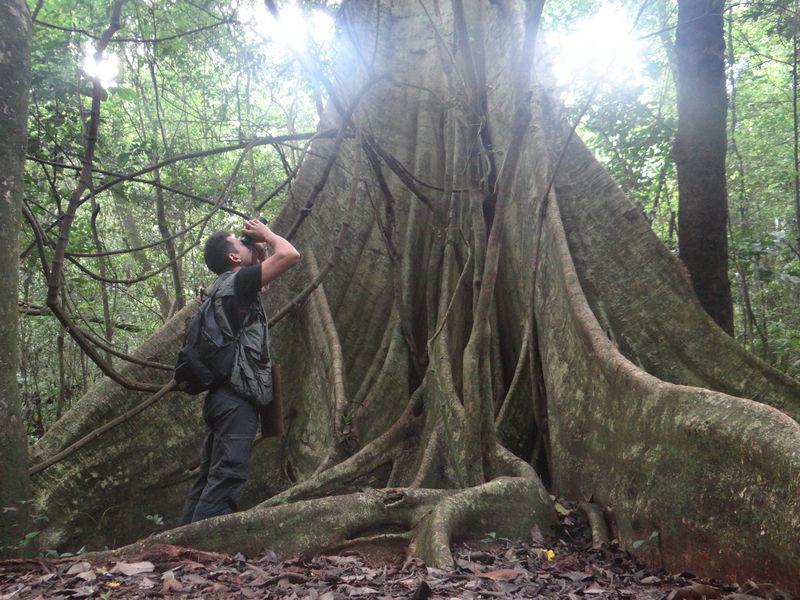Vagner Aparecido Cavarzere Junior
To understand whether the absence of Atlantic Forest endemic bird species in inner São Paulo state, Brazil, results from surveying bias or mass extinction

Londrina, Paraná.
Seasonal semideciduous forests are considered part of the Atlantic Forest phytogeographic domain. Until the 1980s, several Atlantic Forest endemic bird species were found in seasonal semideciduous forests of north-east and north-west São Paulo state, south-east Brazil. The Wiki Aves database (a site in which users generate maps of species ranges by uploading records of bird species within Brazil) suggests these species may no longer be present in this interior plateau. Similarly, researchers who recently (1990-2012) surveyed this region also failed to register them. These observations are more intriguing when one analyses the current distribution of Atlantic Forest endemic bird species in the contiguous state of Paraná, to the south. Not only the biome of northeast Paraná is considered the same as in north-west São Paulo (seasonal semideciduous forests), but its human occupancy and fragmentation history are similar. Nonetheless, Atlantic Forest endemic bird species are still found in Paraná. Since 1965 some authors have suggested the presence of cerrado lato sensu instead of seasonal semideciduous forests in large areas of inner São Paulo. This is supported by the geographic distribution of Cerrado endemic bird species, as well as by the geographic segregation of congeneric species which require distinct environments but occupy similar niches.
Based on these observations, I intend to investigate whether the current absence of Atlantic Forest endemic bird species in inner São Paulo results from:
(1) survey bias. In this case, this pattern of distribution should be due to few available recent inventories, especially west of the Tietê River. A second hypothesis suggests that
(2) inner São Paulo may no longer present adequate environments for the presence of Atlantic Forest endemic species due to its predominant Cerrado vegetation type.
I intend to survey birds in forest remnants while using single season occupancy models. This approach avoids the imperfect detection issue and estimates parameters of interest. These include occupancy and detection probabilities, which are desired when dealing with presence/absence data.